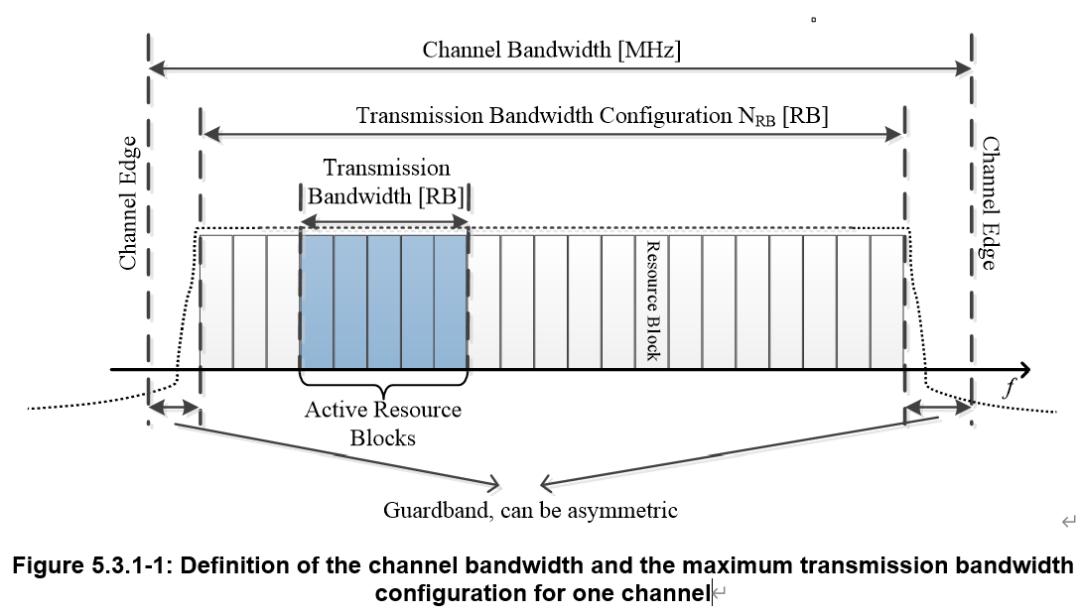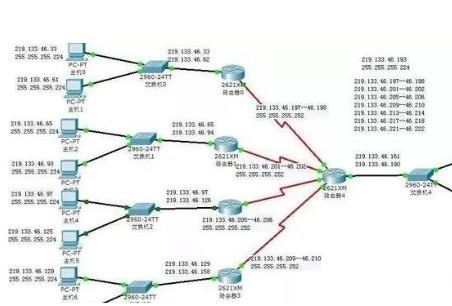Overview
The Chinese character for "cut" includes the blade radical and originally means "a thin flat piece cut from something." In networking, 5G network slicing uses that metaphor to create multiple virtual networks from a single physical infrastructure, enabling more flexible and diverse services.
Why network slicing was proposed
From an operations perspective, a mobile network can be likened to an urban transportation system: vehicles are users and roads are the network. As vehicle count increases, roads become congested. Traffic management separates vehicles based on type and operation to mitigate congestion. Mobile networks require similar dedicated channels and differentiated management.
From an application perspective, legacy 2G/3G/4G networks were built to serve a limited set of needs, such as voice or basic data. They are relatively inflexible once deployed. 5G is intended to support massive connectivity and diverse services, and therefore needs to be as modular and reconfigurable as building blocks so new services can be deployed or removed quickly.
Put simply, there is a need for differentiated management and flexible deployment, which led to the network slicing concept.
What is network slicing
Network slicing is an on-demand network composition method that allows operators to create multiple virtual end-to-end networks on a common infrastructure. Each network slice is logically isolated from radio access through transport to the core and is tailored to specific service requirements. A network slice typically includes at least a radio sub-slice, a transport sub-slice, and a core network sub-slice.
In short, network slicing enables end-to-end customization on demand while ensuring isolation.
How to implement end-to-end network slicing
Network Function Virtualization (NFV) is a prerequisite for implementing network slicing. In the core network, NFV separates software network functions from proprietary hardware. The hardware is deployed on general-purpose servers, while software functions are provided by network functions (NFs), enabling flexible assembly of services.
Slicing therefore becomes a matter of resource reassembly. Resources are allocated and combined according to service-level agreements (SLAs) that define required virtual and physical resources for specific communication service types. SLAs specify parameters such as latency, quality of service, and bandwidth. Different SLAs correspond to different types of communication services.
The three primary 5G service categories—eMBB, uRLLC, and mMTC—are defined according to different latency, QoS, and bandwidth requirements. Each category typically corresponds to a slice.
Orchestration and management
From an operator perspective, slicing is achieved through orchestration and deployment. Key functional entities include Communication Service Management Function (CSMF), Network Slice Management Function (NSMF), Network Slice Subnet Management Function (NSSMF), and Management and Orchestration (MANO). The general orchestration workflow can be described in roughly six steps, involving service request, slice design, resource mapping, instantiation, configuration, and lifecycle management.
Relevant functions and infrastructure
- CSMF: Communication Service Management Function
- NSMF: Network Slice Management Function
- NSSMF: Network Slice Subnet Management Function
- MANO: Management and Orchestration
- SLA: Service Level Agreement
- NFVI: Network Functions Virtualization Infrastructure
To use an analogy, the overall network slice is like an orchestra. NSMF and NSSMF act like arrangers, selecting instruments (NFVI) and timbres (NFs) to arrange a score, while MANO acts like the conductor, coordinating the instruments to perform the composition.
Scope and implications
Network slicing is not limited to the three standard 5G categories. Operators can create multiple virtual networks tailored to various application scenarios based on the same physical infrastructure. More slices can support a greater variety of applications, increasing the utility of the network and affecting the operator's business model and potential return on investment.
Conclusion
Network slicing partitions not only network functions and resources but also enables finer application differentiation and new service models. As new applications and use cases continue to emerge, the market for sliced network services is expected to grow accordingly.
 ALLPCB
ALLPCB








